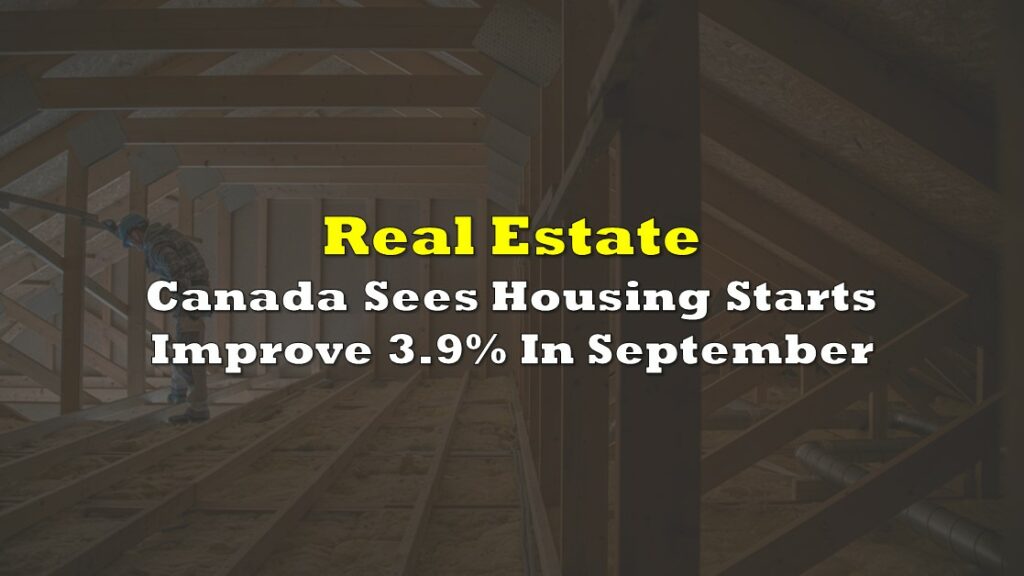Canada Mortgage and Housing Corporation (CMHC) chief economist Bob Dugan expressed concerns over the deteriorating affordability of Canada’s housing market, urging the need for action.
“I’m actually worried that affordability is going to deteriorate rather than improve unless we can do something about it,” he said, as quoted by the Canadian Press. As of May, the national average home price stood at $729,044, reflecting a 3.2% increase from the previous year. Meanwhile, in regions like the GTA and parts of BC, average prices exceeded $1 million.
The concerns about affordability are not new, as the federal housing agency last year stressed the need to build 3.5 million more homes than planned for affordability. However, with only about 271,000 homes built two years ago and roughly 260,000 last year, the situation remains dire. Meanwhile, the pace of housing starts fell by 23% month-over-month in May, with Dugan forecasting that only 210,000 to 220,000 homes will be constructed this year.
Oh dear, we wouldn't want housing affordability to deteriorate. pic.twitter.com/9jV9n8mhVa
— ExpatCan (@CanadaNoFuture) June 16, 2023
“I hope my forecast is wrong, but the way things are looking right now, I’m not optimistic that we’re on track to doubling the pace of housing starts,” he explained.
The slower pace of construction isn’t necessarily due to a lack of demand or interest, but several other factors, such as labour shortages, increased interest rates, higher material costs, and bureaucratic matters such as zoning issues and the phenomenon known as NIMBYism (Not In My Backyard), where residents object to new development in their neighborhoods, are cited as major challenges.
Despite these challenges, the CMHC believes that the affordability problem can be solved through concerted efforts such as increasing the housing supply, specifically the construction of purpose-built rentals. According to the CMHC, Canada currently has about 4.5 million such units, primarily built in the sixties, seventies, and eighties, which are insufficient to meet the rising demand, especially considering the recent increase in immigration.
However, building such rentals is a long-term proposition, often taking up to 8.5 years from beginning to completion in places like Toronto, which doesn’t appeal to builders who prefer to construct, sell, and move on to the next project.
Arguably, in order to solve the country’s dual housing crisis affecting both vulnerable and middle-class citizens, a shift in attitudes might be required. According to Dugan, success shouldn’t necessarily mean owning a large single-family home, but rather focus on the practicality of high-density living, as seen in major cities like Hong Kong and London. Overcoming NIMBYism and building larger condos suitable for families could play a significant part in improving affordability.
Information for this story was found via the Canadian Press. The author has no securities or affiliations related to the organizations discussed. Not a recommendation to buy or sell. Always do additional research and consult a professional before purchasing a security. The author holds no licenses.









